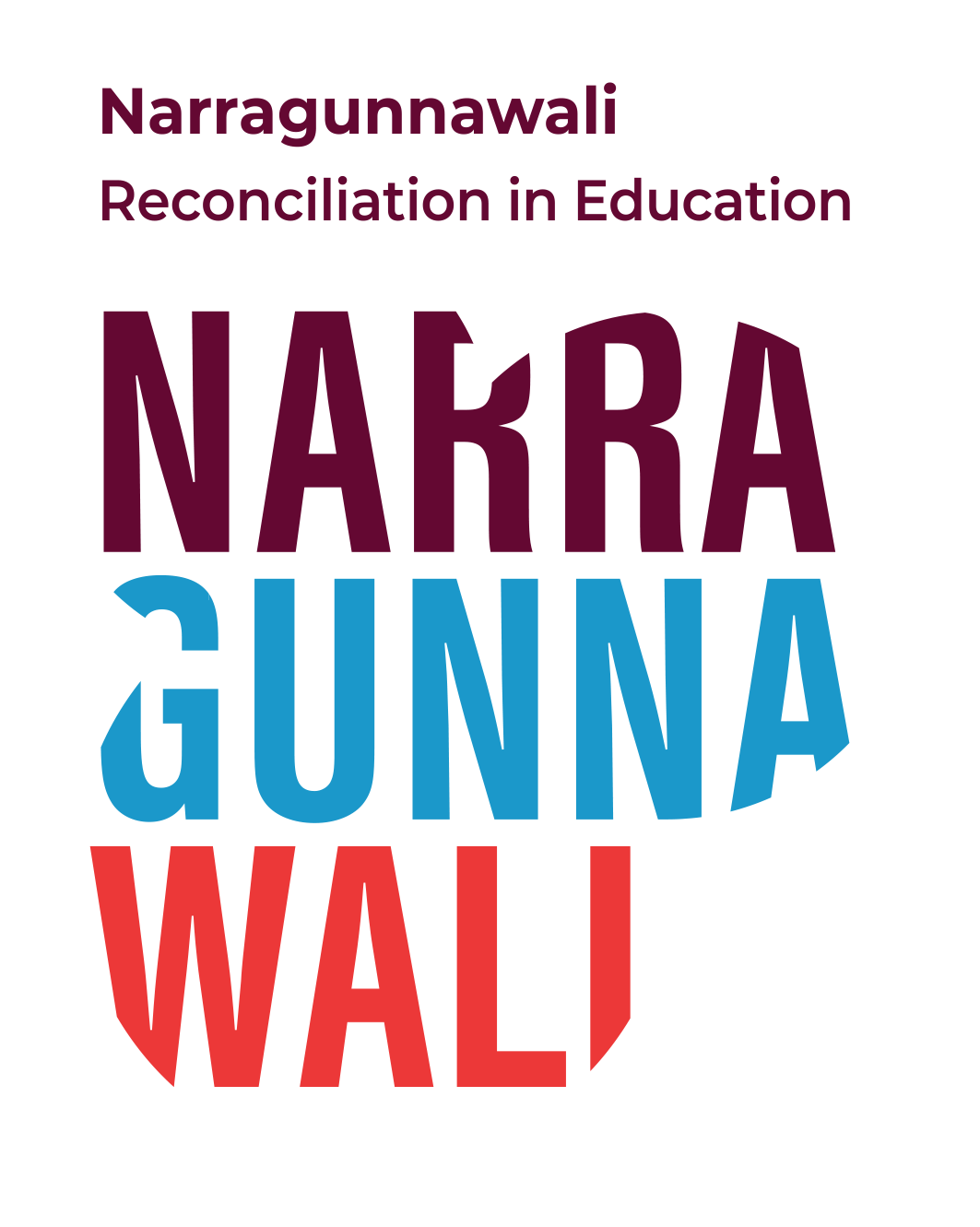Protocols for welcoming visitors to Country have always been a part of Aboriginal and Torres Strait Islander cultures. Boundaries were clear, and crossing into another group’s Country required a request for permission to enter.
When permission was granted the hosting group would welcome the visitors, offering them safe passage and protection of their spiritual being during the journey. Visitors had to respect the protocols and rules of the land owner group while on their Country.
Today, while these protocols have been adapted to contemporary circumstances, the essential elements remain: welcoming visitors and respect for Country.
Welcome to Country is delivered by Traditional Owners, or Aboriginal and Torres Strait Islander peoples who have been given permission from Traditional Owners, to welcome visitors to their Country.
Your local Aboriginal Land Council or Native Title representative body can advise on organising a Welcome to Country by a Traditional Owner in your area.
This is different from an Acknowledgement of Country, which anyone can perform. A Welcome to Country can take many forms including singing, dancing, a smoking ceremony or a speech in traditional language or English.


